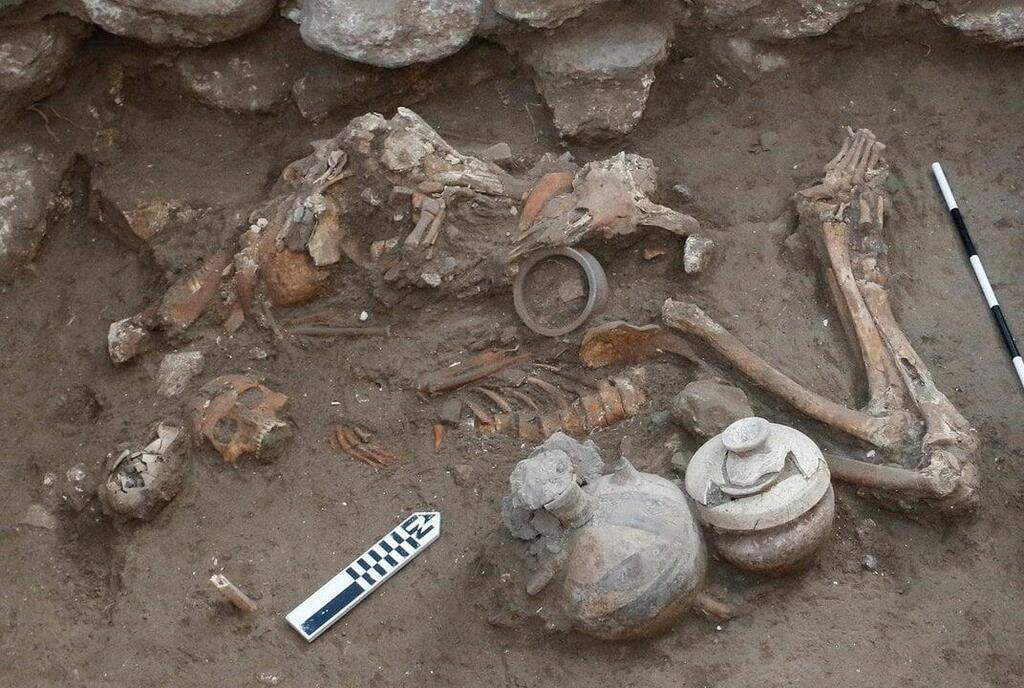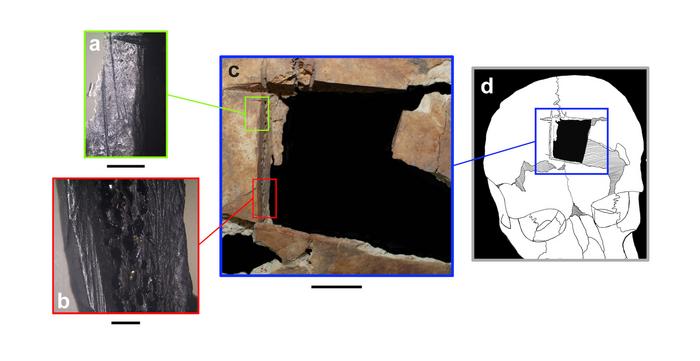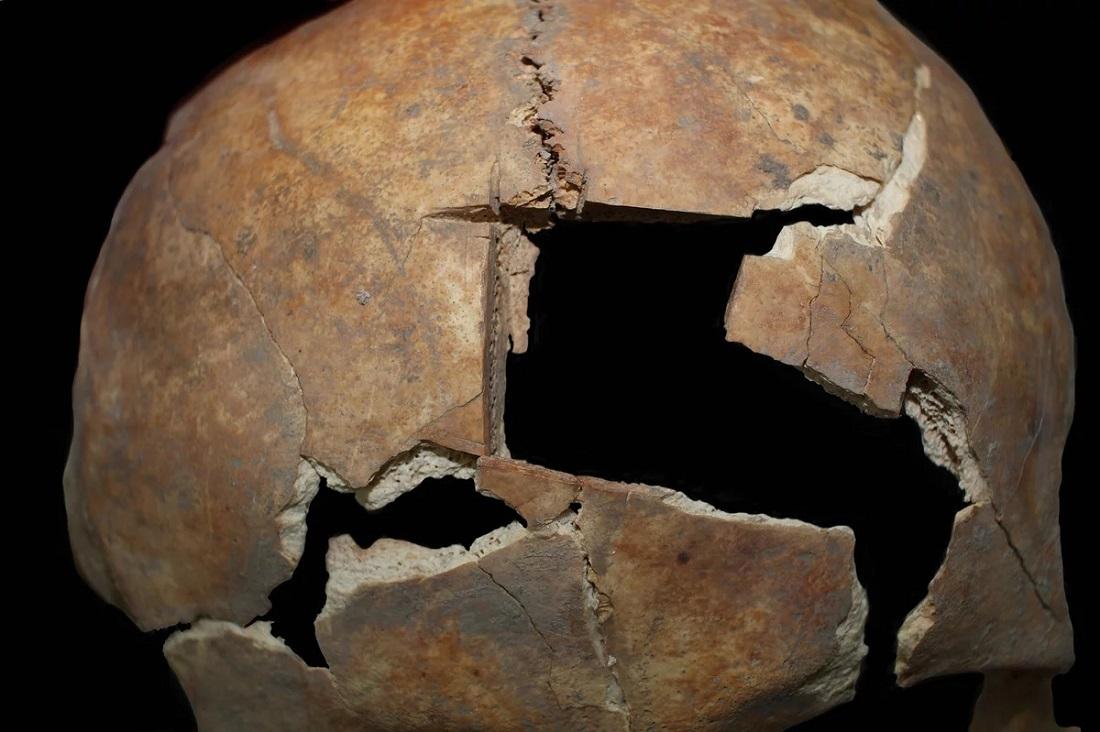Ancient Near East reveals early evidence of cranial surgery, say archaeologists
A recent excavation in ancient Megiddo, Israel, revealed the earliest example of cranial surgery in the Ancient Near East, and potentially one of the world’s oldest examples of leprosy.
For thousands of years, people have practiced cranial trephination, a medical treatment that involves cutting a hole in the skull. Scientists discovered evidence that ancient civilizations from South America to Africa and beyond performed the surgery.
The recent discovery in Israel has revealed new evidence that one type of trephination dates back to at least the late Bronze Age. The remains of the brothers who lived between 1550 BC and 1450 BC, were found during an excavation of a tomb in the ancient city of Tel Megiddo.
Megiddo is an ancient city in northern Israel near Kibbutz Megiddo. It was an important Canaanite city-state during the Bronze Age, inhabited by a Semitic-speaking civilisation with population centers in the region of the Southern Levant in the Ancient Near East.
Rachel Kalisher, a Ph.D. candidate at Brown University‘s Joukowsky Institute for Archaeology and the Ancient World, led an analysis of the unearthed remains of two upper-class brothers who lived in Megiddo around the 15th century B.C.
She found that not long before one of the brothers died, he had had angular notched trephination, a type of cranial surgery. The surgery involves cutting the scalp, cutting four intersecting lines in the skull with a sharp beveled edge, and mak ing a square-shaped hole with leverage.
The discovery is the first example of trephination found in the ancient Near East.



Hits: 0



